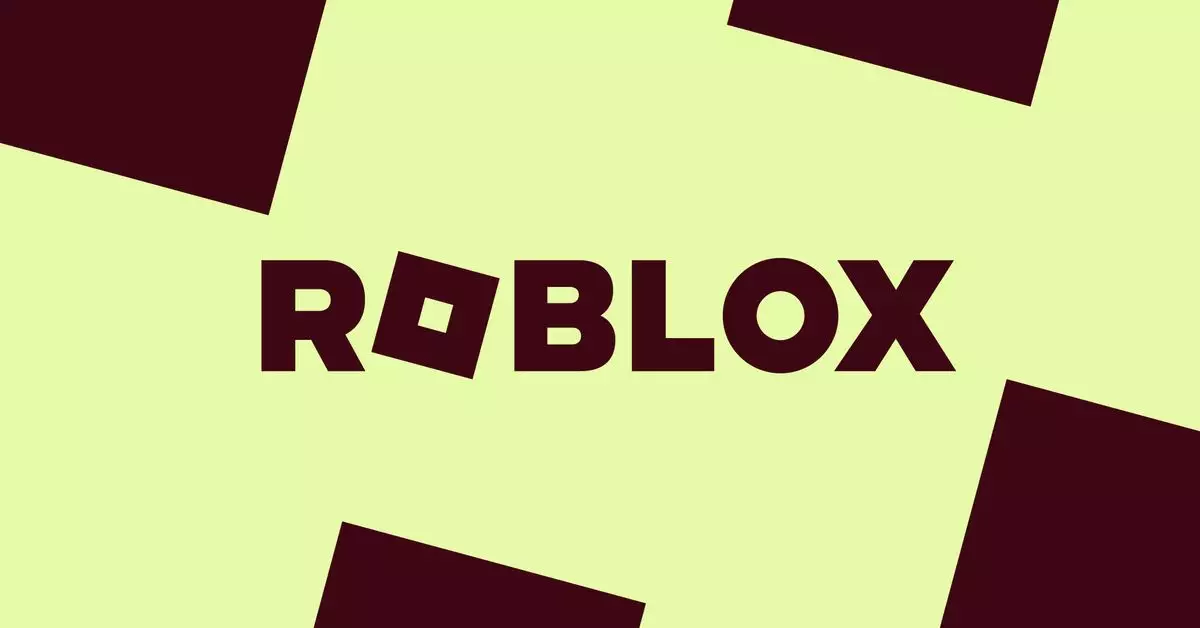With the rapid progression of digital gaming environments, the responsibility of ensuring the safety of younger users has come under scrutiny. Roblox, a wildly popular online gaming platform among children and pre-teens, is stepping up with significant changes aimed at enhancing parental controls and content regulation. This decision, informed by increasing concerns about the platform’s ability to protect its younger audience, promises to reshape the user experience for countless families.
Roblox has faced its fair share of criticism, particularly regarding reports of inappropriate interactions between adult players and children. A notable report from Bloomberg disclosed disturbing instances of predatory behavior within the platform, raising alarms among parents and educators. These revelations prompted accusations that Roblox has failed to create a secure environment, which was further compounded by Turkey’s decision to block access to the game for children amid fears over safety.
Investment firms have also voiced concerns, with Hindenburg Research shocking many by describing the platform as an “X-rated pedophile hellscape.” Such descriptions not only reflect a measurement of serious threats but also indicate a larger narrative about the online safety of children in gaming communities—a narrative that Roblox can no longer ignore.
A Comprehensive Approach to Parental Control
In response to these rising concerns, Roblox is implementing robust changes to its parental control system. A significant update will require children under the age of 13 to obtain parental consent in order to utilize particular chat features, an essential communication method on the platform. For even younger players, specifically those under nine, a new moderation metric comes into play. These users will need explicit parental permission to engage with experiences tagged with a “moderate” content label, which may include elements that could be considered violent or mature.
This proactive shift signifies an essential transition from a reactive approach to a more comprehensive parental oversight system. The introduction of parent-linked accounts allows guardians direct access to monitor their child’s gameplay—including insights on screen time and friend activity—creating an engaged network of oversight and accountability.
The Role of Transparency and Communication
Roblox’s announcement highlights the necessity of clear communication between the platform and parental figures. By sending informative emails detailing these changes, Roblox is taking steps to foster a partnership with families in navigating the digital world. However, it is worth noting that the platform has chosen to restrict certain control features, such as the ability to set a parent PIN and specific account restrictions. This decision raises questions about the balance between parental authority and the user experience that Roblox seeks to maintain.
The simplification of parental controls seems beneficial on the surface but brings into question whether it adequately empowers parents to ensure total safety. While the updates aim to create a structured environment, it is imperative that Roblox refrains from diminishing parental influence in a bid to foster an unrestricted gaming experience.
Juliet Chaitin-Lefcourt, spokesperson for Roblox, has asserted that these adjustments are rooted in the company’s commitment to providing a safe online space for its youngest users. She indicated a dedication to continually explore new ways to enhance parental support and control structures as part of their evolving safety initiatives.
Moreover, the transition to content labeling—as opposed to strict age guidelines—signifies a shift towards a more nuanced understanding of digital content and its implications for young gamers. Parents will now have greater clarity on the type of experiences their children can engage with, a move that could lead to more informed decisions regarding screen time and content interaction.
As the digital landscape grows more intricate, the onus falls on gaming platforms like Roblox to prioritize user safety, particularly for vulnerable age groups. The introduction of new parental controls and content moderation measures is a commendable step forward in creating a more protected environment for children. However, continued vigilance and adaptation will be necessary as the complexities of online interactions evolve.
Ultimately, it is not just about implementing controls but also ensuring that parents feel empowered and informed to navigate this ever-changing digital world with their children. Roblox’s renewed focus on safety should not merely serve as a reaction to public backlash but as a fundamental commitment to protecting all users, particularly the youngest ones, who deserve a safe space to play and explore their creativity.

